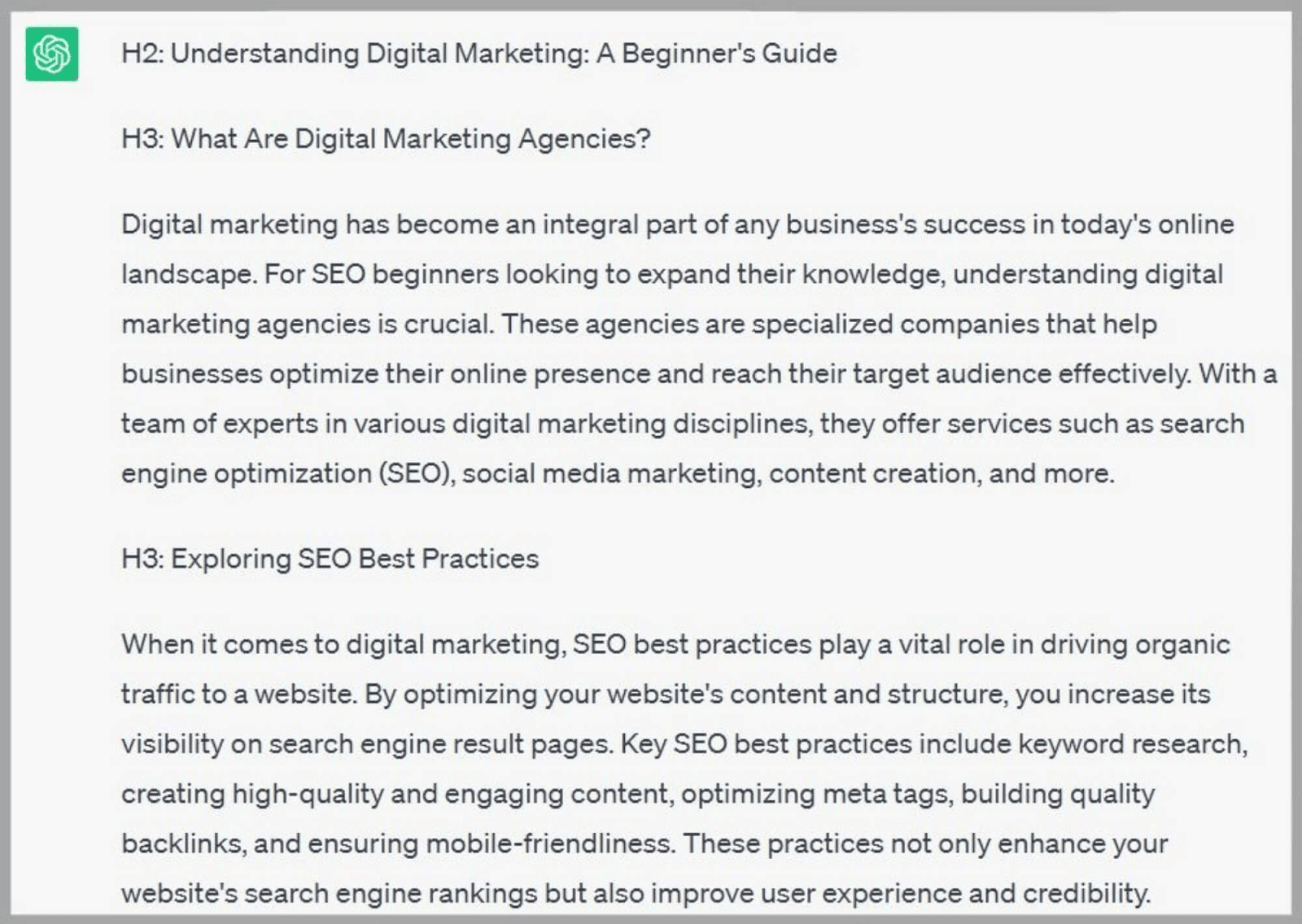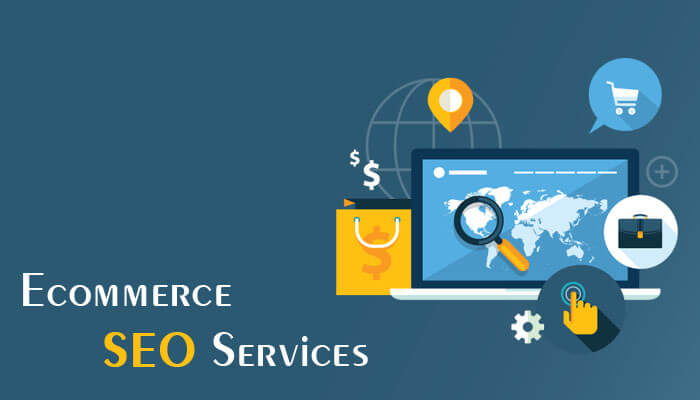Assuming Outside package: Leveraging Unconventional Mediums to Optimize Google Analytics Performance
In the world of electronic advertising, the quest for enhanced Google Analytics efficiency has actually become a critical critical for businesses seeking to improve their on-line visibility. Traditional approaches commonly fall brief in capturing the full range of customer interactions and actions. By exploring unusual tools as avenues of information collection, a brand-new realm of opportunities arises. These uncharted regions provide a riches of untapped understandings that can possibly reinvent the method we comprehend and maximize our digital approaches.
Distinct Data Sources

CRM systems, for example, can provide insights into specific client communications, purchase history, and choices, which can be incorporated with Google Analytics data to develop even more individualized marketing strategies. Social network platforms offer beneficial data on customer demographics, rate of interests, and involvement metrics, permitting businesses to determine the performance of their social networks projects and enhance content for better efficiency. Email marketing information, consisting of open prices, click-through prices, and conversion metrics, can likewise be leveraged to track customer involvement and behavior past website communications recorded by Google Analytics. By leveraging these special data resources, businesses can fine-tune their strategies, boost targeting efforts, and boost total Google Analytics performance.
Social Network Insights

Furthermore, social networks analytics tools make it possible for services to track essential efficiency signs, monitor project effectiveness, and measure the impact of their on-line activities. Recognizing the demographics of followers, determining prominent web content themes, and reviewing interaction degrees can help organizations tailor their advertising and marketing strategies for better results.
Offline Advertising And Marketing Integration
Incorporating offline advertising and marketing methods with electronic analytics can enhance general project performance and supply a more extensive understanding of customer habits. what is not considered a default medium in google analytics. By linking the space between online and offline efforts, businesses can track the effect of traditional advertising networks such as print ads, television commercials, direct-mail advertising, and occasions on their on the internet presence

In addition, carrying out phone call radar for offline marketing tasks blog here allows companies to capture useful information on customer queries created with published products or ads (what is not considered a default medium in google analytics). By examining phone call data along with on the internet metrics in Google check it out Analytics, businesses can get much deeper understandings into the consumer journey and maximize advertising and marketing techniques for better efficiency throughout all networks
IoT and Wearable Technology
Utilizing IoT and wearable modern technology in electronic analytics can transform data collection and customer insights for organizations seeking a much deeper understanding of user actions patterns. These innovative modern technologies offer a smooth means to gather real-time information from numerous touchpoints. IoT gadgets can track individual communications with service or products, giving important info on use patterns and choices. Wearable modern technology, such as smartwatches or physical fitness trackers, can use insights into individual activities, health and wellness metrics, and also these details area data.
Gamification Methods
The execution of gamification strategies in digital analytics presents an ingenious technique to improving customer involvement and driving workable understandings for organizations. By integrating game-like components such as factors, badges, leaderboards, and compensates right into the analytics user interface, business can motivate customers to connect extra frequently and meaningfully with the information.
Gamification urges customers to explore various functions of the analytics system, discovering important insights that might have or else gone undetected. Via interactive challenges and progress tracking, individuals are incentivized to dig deeper into the data, leading to enhanced time invested in the platform and a greater chance of discovering essential trends or patterns.
Moreover, gamification can foster a feeling of competitors among users, spurring them to strive for greater efficiency and engagement degrees. This competitive spirit can drive enhanced user fostering prices and a more detailed usage of the analytics devices offered. Ultimately, by leveraging gamification approaches in electronic analytics, services can create an extra effective and appealing setting for individuals, resulting in more informed decision-making and boosted general efficiency.
Verdict
To conclude, leveraging unconventional mediums such as one-of-a-kind data sources, social media insights, offline advertising and marketing integration, IoT and wearable modern technology, and gamification methods can enhance Google Analytics efficiency. By assuming outside the box and exploring these different sources of data, organizations can gain important understandings and improve their overall advertising approaches. It is very important for companies to continually discover brand-new ways to gather data and assess it in order to stay in advance in the ever-evolving digital landscape.
By incorporating information from resources such as customer partnership administration (CRM) systems, social media platforms, and email advertising and marketing projects, services can gain a much more detailed understanding of their audience habits and interaction patterns. Social media systems offer valuable data on user demographics, interests, and interaction metrics, permitting companies to evaluate the efficiency of their social media campaigns and maximize web content for much better performance. By leveraging these distinct data resources, businesses can fine-tune their methods, enhance targeting initiatives, and boost general Google Analytics performance.
Exploring social media insights can give organizations with valuable information on individual demographics, interests, and involvement metrics, enabling for notified decision-making and tactical optimization of marketing initiatives. By believing outside the box and exploring these alternate sources of information, companies can gain useful understandings and improve their total advertising and marketing methods.